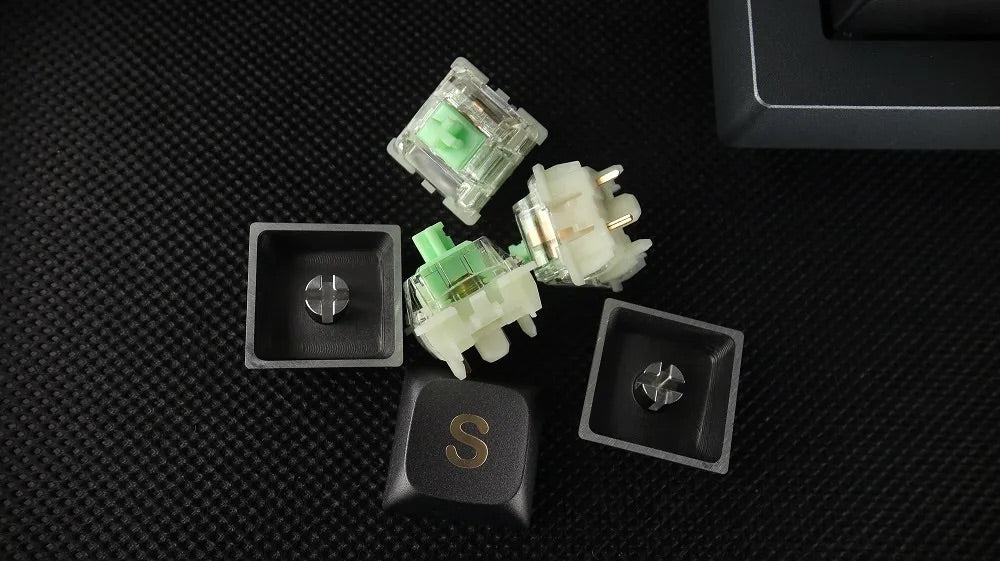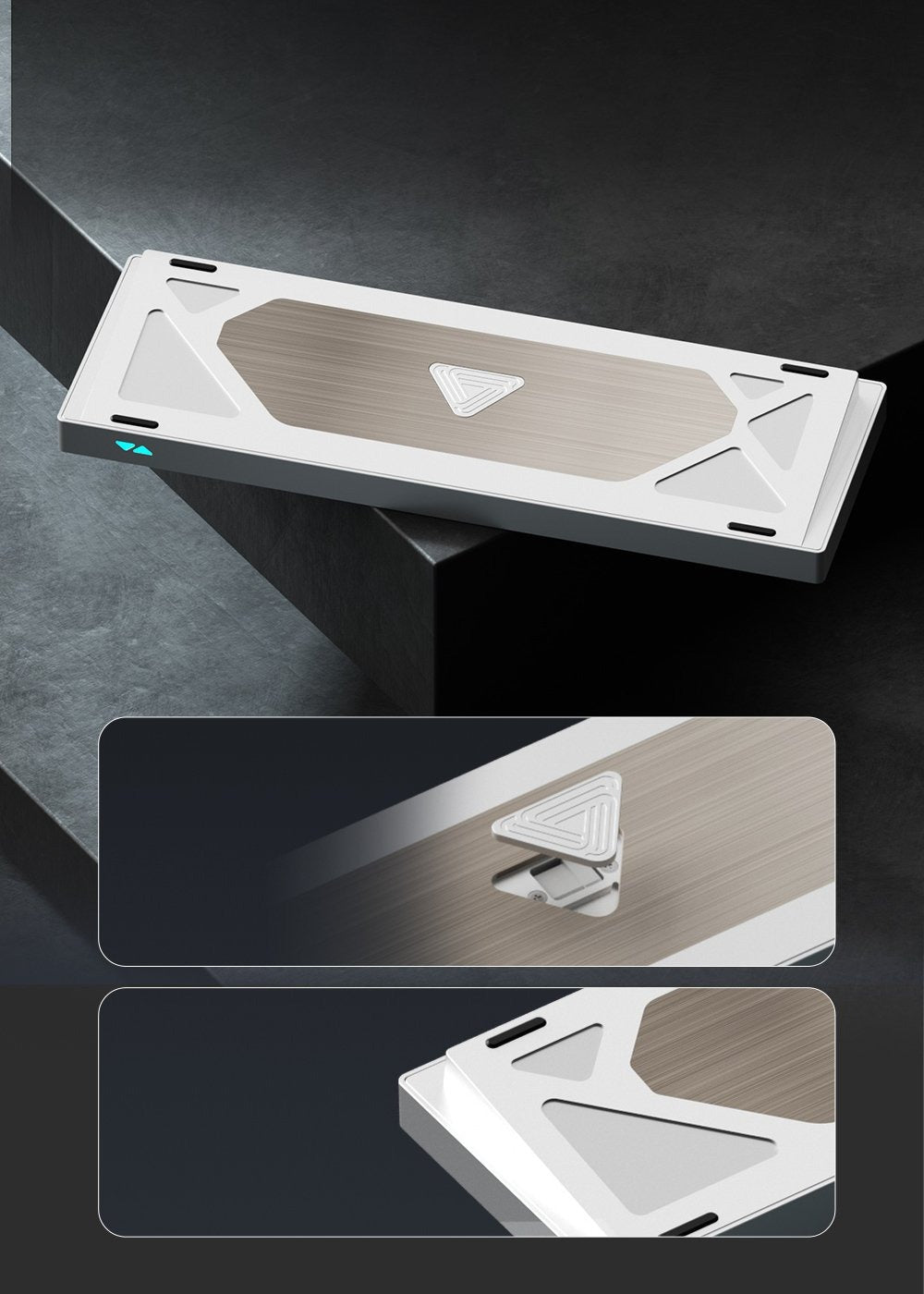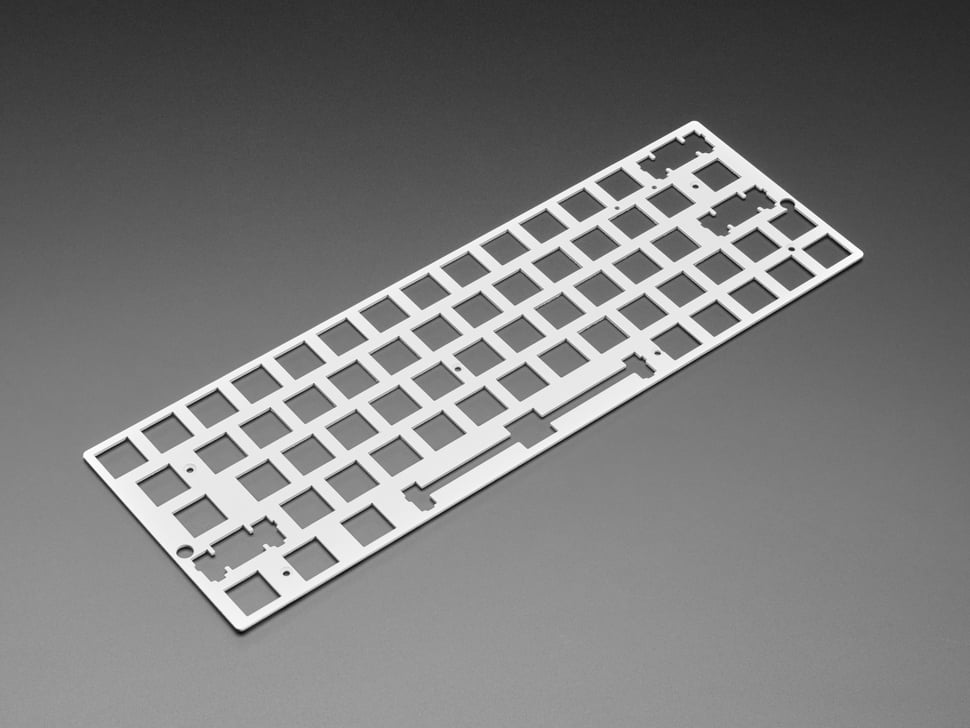Understanding Key Switch Stems: Why They Matter in Keycap Compatibility
When it comes to building or customizing your mechanical keyboard, one of the most overlooked but crucial factors is keycap compatibility. While many enthusiasts focus on switches, RGB lighting, and custom designs, the key switch stem plays a significant role in ensuring that your keycaps fit and function as intended. In this guide, we’ll delve into what key switch stems are, why they matter, and how to ensure keycap compatibility for your mechanical keyboard.
What Is a Key Switch Stem?
In a mechanical keyboard, the switch stem is the central component of a switch that connects the keycap to the switch housing. It’s the part of the switch that holds and stabilizes the keycap, allowing you to press it and register a keystroke. The design of the stem determines the shape, size, and mechanism that holds the keycap securely in place.
There are several types of stems used in different mechanical switches, each with its own compatibility considerations. Understanding these differences is vital when selecting keycaps for your keyboard.
Types of Key Switch Stems
Key switches come in various designs, and the stem type plays a significant role in keycap compatibility. The most common stem types you'll encounter are:
1. Cherry MX Stem
The Cherry MX stem is by far the most popular and widely used in mechanical switches. It features a cross-shaped design, which is compatible with most keycaps available on the market. If you’re using switches like Cherry MX, Gateron, or Kalih, the cross-shaped stem will allow you to use most keycap sets designed for Cherry MX-style switches.
2. MX-Compatible Stems
This category includes a wide range of switches that share the same cross-shaped stem design as Cherry MX switches. Brands like Gateron, Kalih, and even some Razer and Logitech switches fall under this category. The compatibility of these switches with Cherry MX-style keycaps makes them a popular choice for custom builds.
3. Topre Stems
Topre switches use a different stem design from the Cherry MX-style switches. These switches are based on electrostatic capacitive switches, and they have a cylindrical-shaped stem. As a result, they are only compatible with keycaps specifically designed for Topre switches. While not as common as MX-style switches, Topre fans swear by their unique typing feel.
4. Alps Stem
Alps switches, although less common these days, feature a different stem shape altogether. The Alps stem has a distinctive shape that’s not cross-shaped or cylindrical, making it incompatible with most modern keycap sets. If you're using Alps switches, you'll need to ensure that your keycaps are specifically designed for Alps-compatible switches.
5. Leaf Springs and Other Switch Variants
Some specialized switches, like the ones from Razer or Romer-G, use unique stems that require proprietary keycaps. These switches are often found in pre-built keyboards or specific brands and may not be compatible with Cherry MX-style keycaps. If you're using a switch with a non-standard stem, make sure the keycaps you choose are designed to fit.
Why Key Switch Stems Matter for Keycap Compatibility
Keycap compatibility is largely determined by the shape, size, and design of the switch stem. Here’s why understanding key switch stems is essential:
1. Ensuring a Secure Fit
The primary function of the stem is to keep the keycap securely attached to the switch. If the keycap stem hole doesn’t match the shape of the switch stem, the keycap will either not fit or may not stay in place properly. A loose keycap can result in an unstable typing experience and might even affect key presses.
2. Maintaining Typing Feel and Accuracy
The shape of the stem impacts how the keycap sits on the switch. A poorly fitting keycap can affect the overall feel of your typing or gaming experience. For instance, a keycap that doesn’t fit snugly could feel wobbly, which can be distracting when typing fast or gaming competitively.
3. Aesthetic Consistency
For users who love customizing their keyboards, keycap aesthetics are important. Choosing a keycap set that fits your switch stems ensures that your keyboard not only functions well but looks great too. Different keycap profiles and designs may only be available in certain stem types, so knowing your stem type helps you avoid choosing incompatible sets.
4. Maximizing Performance
Certain keycaps are designed with specific switches in mind to optimize their performance. For example, thicker keycaps like PBT (Polybutylene Terephthalate) can change the acoustics and typing experience. Ensuring the right fit between your keycaps and switches maximizes the overall experience.
How to Ensure Keycap Compatibility
To avoid compatibility issues, follow these tips when selecting keycaps:
-
Know Your Switch Type: First, identify the type of switch you have. If you’re using a popular switch brand like Cherry MX, Gateron, or Kalih, chances are you can use a wide variety of keycap sets. However, for specialized switches like Topre or Alps, you will need keycaps designed specifically for those switches.
-
Check the Stem Design: If you’re not sure about your switch’s stem compatibility, do a quick Google search or consult your switch's manufacturer for details. If you’re buying pre-made keycaps, always check the compatibility information to avoid issues.
-
Look for MX-Compatible Keycaps: If you’re using a Cherry MX-style switch, most keycaps labeled "MX-compatible" will fit. These keycaps are widely available and come in a variety of profiles, materials, and designs.
-
Read Product Descriptions: Keycap manufacturers often specify which switches their keycaps are compatible with. Always read product descriptions and customer reviews to ensure the keycap set you’re eyeing will work with your switches.
Conclusion
Understanding key switch stems is crucial for anyone looking to build or customize their mechanical keyboard. The stem design affects keycap compatibility, typing feel, and overall performance. By knowing the type of switch you have and matching it with compatible keycaps, you can ensure a better typing experience and achieve the perfect look for your keyboard.
Whether you're a seasoned enthusiast or just getting started, understanding how key switch stems impact keycap compatibility will help you make informed decisions when upgrading or building your ideal keyboard setup.






